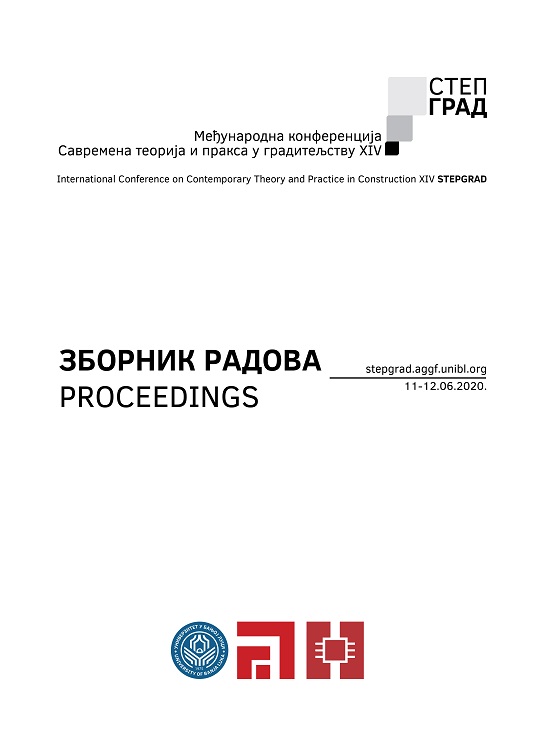ORIENTALIZING ARCHITECTURE IN NORTHERN BOSNIA UNDER HABSBURG RULE: EXAGGERATING ALTERITY AS A MEANS OF COHESION?
DOI:
https://doi.org/10.7251/STP2014184HAbstract
This paper offers preliminary insights into the phenomenality of Orientalizing styles of architecture
in Bosnia-Herzegovina in the period of Austro-Hungarian rule. It examines in some detail three
buildings in Banja Luka and Gradiška, with brief detours to Brčko, Dubica, and Šamac, focusing on
the problem of decision-making in the planning and design process. This discussion is aided by plan
material discovered in the relevant archives as well as contemporary periodicals. The inquiry will
conclude with ruminations on this phenomenon’s geography: Did Orientalizing architecture in
Bosnia’s northern region, bordering Croatia-Slavonia, carry different meanings than in Sarajevo and
other inland metropolises?
Downloads
Published
2020-06-10
How to Cite
[1]
M. Hartmuth, “ORIENTALIZING ARCHITECTURE IN NORTHERN BOSNIA UNDER HABSBURG RULE: EXAGGERATING ALTERITY AS A MEANS OF COHESION?”, STEPGRAD, no. 14, Jun. 2020.

